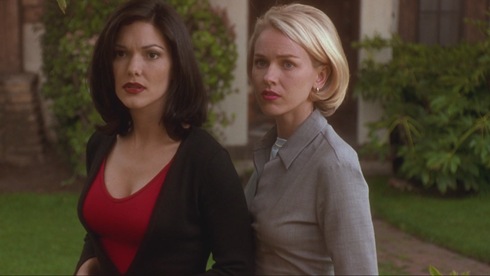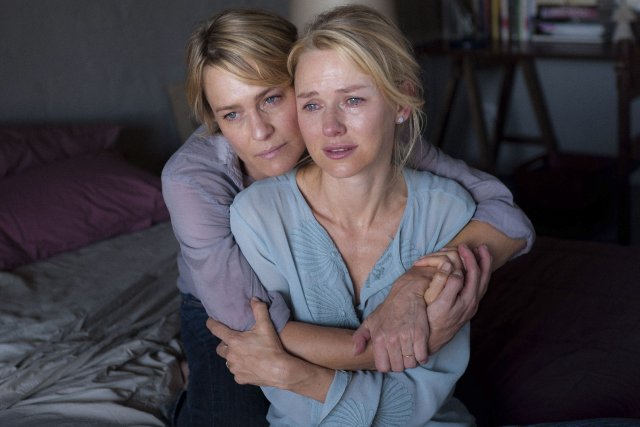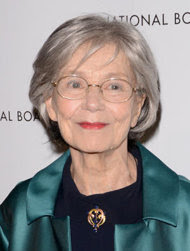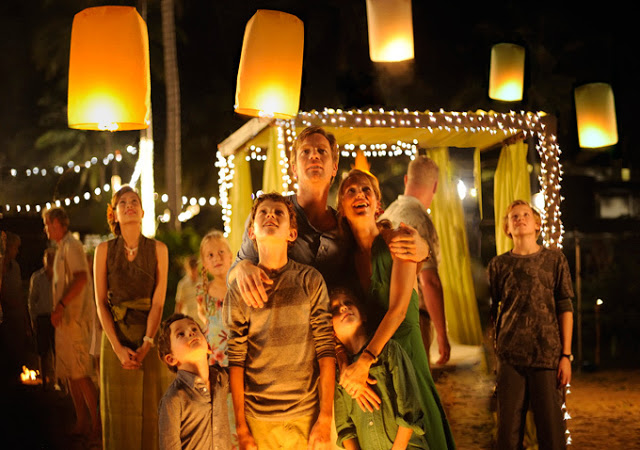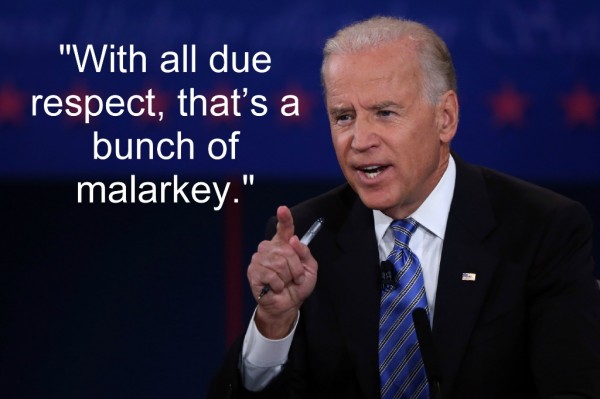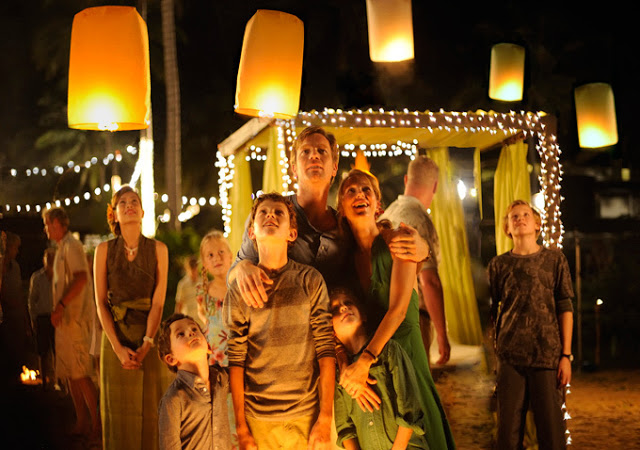Written by Katherine Murray as part of our theme week on Representations of Female Sexual Desire.
That’s right, you guys. I’m gonna try to analyze Mulholland Drive for sexual desire week. I do this partly out of love for you, and partly out of hate for me. Let’s get this party started.

Mulholland Drive (2001), more colloquially known as “Mulholland WTF Did I Just Watch?” is a story told in two parts, both of which were written and directed by David Lynch.
In the first part, Laura Harring plays Rita, a woman who escapes attempted murder but ends up with amnesia and doesn’t remember who she is or what’s going on. She stumbles across Betty (Naomi Watts), a plucky go-getter and brilliant actress who’s come to LA to launch her career, and Betty decides to Nancy Drew this thing by helping Rita piece together her identity. Along the way, they discover the body of a woman named Diane, who killed herself, and briefly run across an actress named Camilla who’s cast in a leading role as result of mob-related conspiracies.
Betty and Rita start a sexual relationship and go to a creepy post-modern theatre where everything is a facade. Then, Rita finds a magic blue box, and stuffs a key inside, at which point all of the characters and plot points go through a blender and the story starts again.
This time Naomi Watts is playing Diane, a failed actress who’s in love with her much more successful best friend, Camilla (Laura Harring). Camilla’s dating a man, which makes Diane insanely jealous, and, when she finally can’t take it anymore, she hires a hitman to murder Camilla and then feels guilty and shoots herself.
The most straightforward interpretation of the movie – and therefore, the one I will steadfastly cling to – is that the second story, about Diane and Camilla, is “true,” whereas the first story is a fantasy created by crazy Diane as a way to escape from her pain.
The first story shows Diane’s alter-ego, Betty, as being capable, likable, talented, and charming. She totally kills her first audition (even after being placed in an awkward position by her co-star), she lives in a beautiful apartment (owned by her aunt, who isn’t present), and she has a timeless, youthful appearance that invokes the sense of an earlier era.
Diane’s idealized version of Camilla is Rita, who takes her name from Rita Hayworth, also invoking the sense of an era gone by. In contrast to Betty, Rita is vacant and dependent, constantly deferring to Betty’s judgement and praising Betty’s abilities without offering any ideas of her own. She’s also the one who initiates their sexual relationship, which frees Betty/Diane from having to feel responsible for it.
The first two thirds of the movie, then, is a story about the way things should have been, from Diane’s perspective – the way, perhaps, that she imagined they would be, before her youthful optimism was crushed by the film industry. So, what do we make of the fact that Diane’s such a creepball?

Because, make no mistake, now – Diane is a creepball. She behaves in a way that makes Camilla uncomfortable; she pretends to be Camilla’s friend while simmering with hatred, envy, and jealousy from the sidelines; she has Camilla killed (which is creepball enough); and her ultimate fantasy is one in which Camilla’s not even a person, but rather a prop in a story about how great Diane is. To drive it all home, the second story treats us to a long, ugly scene where Diane angrily cries while she masturbates, because that’s what her life has become. She is president of the Friend Zone, but the lesbian aspect adds an extra layer of discomfort.
The first part of the film, with Betty and Rita, feels uncanny and bizarre, like you’d expect from a David Lynch movie. You’re not going to sit there and think, “My, what a beautiful love story that isn’t unnerving at all,” but there’s a sense in which the lesbian romance is not a big deal. You’re just watching two attractive, basically likable people, with no secret, evil agendas, who decide to get it on. It’s a nice change from the way lesbianism was portrayed as sinister and corrupting in Ye Olde Hollywood – and that change lasts exactly as long as it takes for Rita to stick a key in a box and uncover the truth.
I haven’t checked to see, but I bet there’s a paper out there about what it means that one of the lesbian characters discovers her true identity as a straight woman after sticking that key in the box. I’m just saying. I won’t subject you to that kind of symbol analysis, but I do think it’s significant that, after we’re shown such a nice, cuddly picture of lesbian intimacy – like, almost right after – it turns out that Diane is a creeper who’s destined to wind up alone.
The trope of the lesbian friend who weasels her way into your life while secretly creeping on you is something that’s on the way out, but it still exists. You can see it, for example, in Notes on a Scandal, where Judi Dench pretends to be friends with Cate Blanchett while secretly stealing her hair. Somehow, she ends up looking like more of a creep than the woman who’s having sex with a 15-year-old boy.
The question for Mulholland Drive – and I confess that I don’t know the answer – is whether we’re supposed to see Diane’s situation as being universal to the human condition, or as being specifically wrought by her sexual preference. In other words, is this a story about envy and disappointment – the illusions we hold about ourselves, our regret when we don’t live up to our own expectations, our sense of being duped by the images we grew up watching on TV – or is it a story about how lesbians creep on their straight friends? Is Diane’s desire supposed to be creepy because she objectifies Camilla and wants to strip her of agency – because she feels entitled to have Camilla belong to her in a way that is creepy, regardless of gender – or is her desire creepy because she’s a girl?
I think it’s possible that the answer to all of those questions is, “Yes.” Mulholland Drive is a movie that, in many ways, could be about anyone but that, in being about a lesbian, connotes something different than if Diane were, instead, a straight man (or a woman in love with a man – or any other combination there might be). Notwithstanding recent events, as a culture, we’re much more relaxed about men who want to possess women than we are about women who want to possess. The experience of wanting something that doesn’t want you back is filtered very differently, depending on how much privilege we have, and Diane is rejected in a specifically woebegone, Hollywood lesbian way – a way that is, sadly, in keeping with the golden age of cinema she thinks she wants to resurrect.
That said, Mulholland Drive doesn’t feel like its trying to say something really self-reflexive and insightful about the way lesbians have historically been portrayed in film – it feels more like Diane is just creepy. But her creepiness is only one layer in a multi-faceted approach to character that touches on Big Themes of longing, regret, and self-hatred – so, it’s both. It is both a story about our universal humanity, and how lesbian friends are the worst. Complete with phallic keys and ugly masturbation.
Recommended Reading: After Ellen’s review of Notes on a Scandal, AMC’s blog post: Movie History – Why Are There So Few Lesbian Romance Films With Positive Endings?
Katherine Murray is a Toronto-based writer who yells about movies and TV on her blog.
